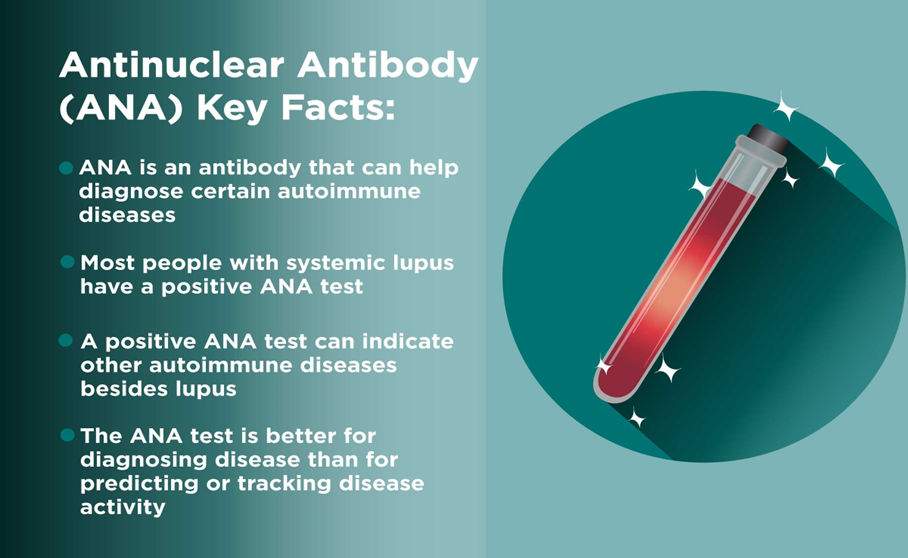A nurse is educating a patient about food and drinks that can trigger diarrhea.
Which items should the nurse include in the teaching?
Caffeinated beverages
Low-fiber cereal
White rice
Ripe bananas
The Correct Answer is A
Choice A rationale:
Caffeinated beverages are known to cause diarrhea. Caffeine naturally occurs in many foods and drinks, including coffee and chocolate. It speeds up the digestive system and can cause loose stools. In addition, caffeine can irritate the stomach lining during digestion. Therefore, it’s important for the nurse to educate the patient about the potential effects of caffeinated beverages on their digestive system.
Choice B rationale:
Low-fiber cereal is not typically associated with triggering diarrhea. In fact, foods that are low in fiber can actually help firm up stools and are often recommended for individuals experiencing diarrhea. Therefore, while it’s not harmful, it’s not a primary concern for patients with diarrhea.
Choice C rationale:
White rice is another food that does not typically cause diarrhea. Similar to low-fiber cereal, white rice can help firm up stools and is often recommended for individuals experiencing diarrhea. It’s not a primary concern for patients with diarrhea.
Choice D rationale:
Ripe bananas do not typically cause diarrhea. They are actually part of the BRAT diet (Bananas, Rice, Applesauce, Toast), which is often recommended for individuals experiencing diarrhea. Therefore, it’s not a primary concern for patients with diarrhea.
In conclusion, when educating a patient about food and drinks that can trigger diarrhea, the nurse should include caffeinated beverages as they can potentially cause diarrhea. However, low-fiber cereal, white rice, and ripe bananas are not typically associated with triggering diarrhea.
Nursing Test Bank
Naxlex Comprehensive Predictor Exams
Related Questions
Correct Answer is ["A","D","E"]
Explanation
Choice A rationale:
Antinuclear antibody (ANA) titer is a blood test that detects the presence of antinuclear antibodies, which are autoantibodies that target the body's own tissues. These antibodies are often present in people with autoimmune diseases, including rheumatoid arthritis.
While a positive ANA test does not definitively diagnose rheumatoid arthritis, it can support a diagnosis when considered alongside other clinical findings and laboratory tests.

Choice B rationale:
Blood urea nitrogen (BUN) is a blood test that measures the amount of urea nitrogen in the blood. Urea nitrogen is a waste product that is produced when the body breaks down proteins.
BUN levels can be elevated in people with kidney disease, dehydration, or certain other medical conditions. However, BUN is not specifically used to diagnose rheumatoid arthritis.
Choice C rationale:
Urinalysis is a test that examines the urine for various substances, including cells, bacteria, and chemicals.
It can be used to diagnose a variety of conditions, including urinary tract infections, kidney disease, and diabetes. However, urinalysis is not typically used to diagnose rheumatoid arthritis.
Choice D rationale:
Erythrocyte sedimentation rate (ESR) is a blood test that measures how quickly red blood cells settle at the bottom of a test tube.
A high ESR can indicate inflammation in the body.
ESR is often elevated in people with rheumatoid arthritis, as it is a marker of inflammation.
Choice E rationale:
White blood cell count (WBC) is a blood test that measures the number of white blood cells in the blood. White blood cells are part of the immune system and help fight infection.
A high WBC count can indicate an infection or inflammation.
WBC count can be elevated in people with rheumatoid arthritis, as it is a marker of inflammation.
Correct Answer is D
Explanation
Choice A rationale:
Prone The prone position, in which a patient lies facedown, is beneficial for patients with pneumonia as it helps shift the fluid away from the back of the lungs, allowing more air to enter. It also improves ventilation in the lungs and reduces the risk of lung collapse. However, this position is not the most effective for maximum lung expansion in pneumonia patients.
Choice B rationale:
Side-lying Lateral positioning, in which the patient lies on one side, is recommended for patients suffering from pneumonia in just one lung. In this position, the pneumatic lung is exposed to a higher blood flow, resulting in greater oxygenation levels and improved lung expansion. This position can also help prevent lung injury by helping regulate pressure and improve aeration.
But again, this is not the most effective position for maximum lung expansion in pneumonia patients.
Choice C rationale:
Supine The supine position, where the patient lies flat on their back, is not the best position for a pneumonia patient. This position can cause the secretions to pool in the lungs, making it harder for the patient to breathe and potentially worsening their condition. Choice D rationale:
Upright Elevating the head of the bed is an effective way to improve lung expansion and oxygenation levels in pneumonia patients. This position also helps eliminate airway obstruction, reduces pressure on the lungs, and promotes drainage of fluids from the lungs. Therefore, the upright position is the most recommended for maximum lung expansion in pneumonia patients.
Whether you are a student looking to ace your exams or a practicing nurse seeking to enhance your expertise , our nursing education contents will empower you with the confidence and competence to make a difference in the lives of patients and become a respected leader in the healthcare field.
Visit Naxlex, invest in your future and unlock endless possibilities with our unparalleled nursing education contents today
Report Wrong Answer on the Current Question
Do you disagree with the answer? If yes, what is your expected answer? Explain.
Kindly be descriptive with the issue you are facing.
